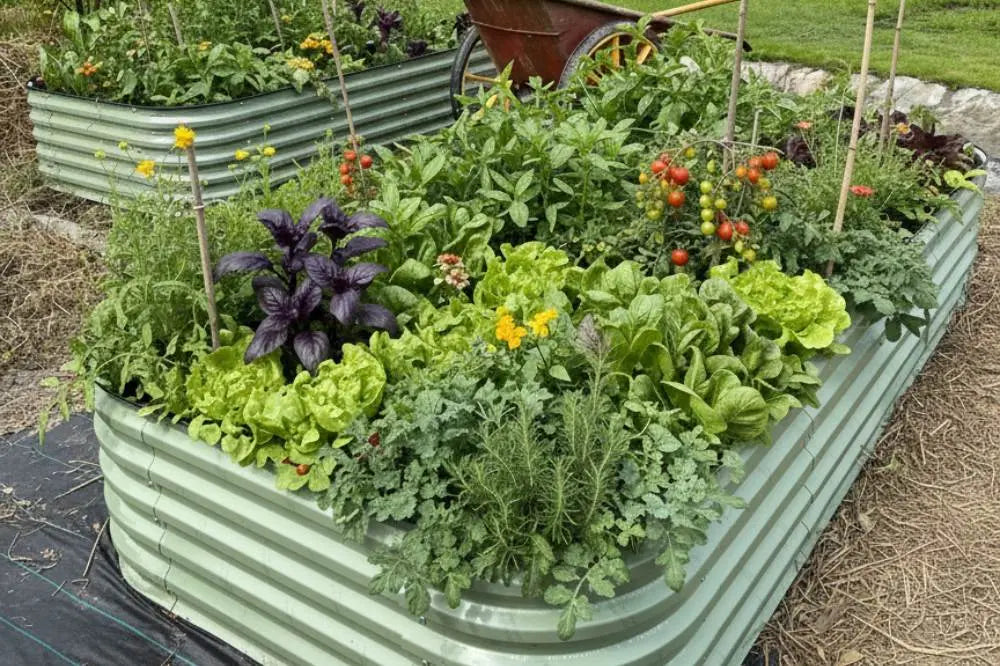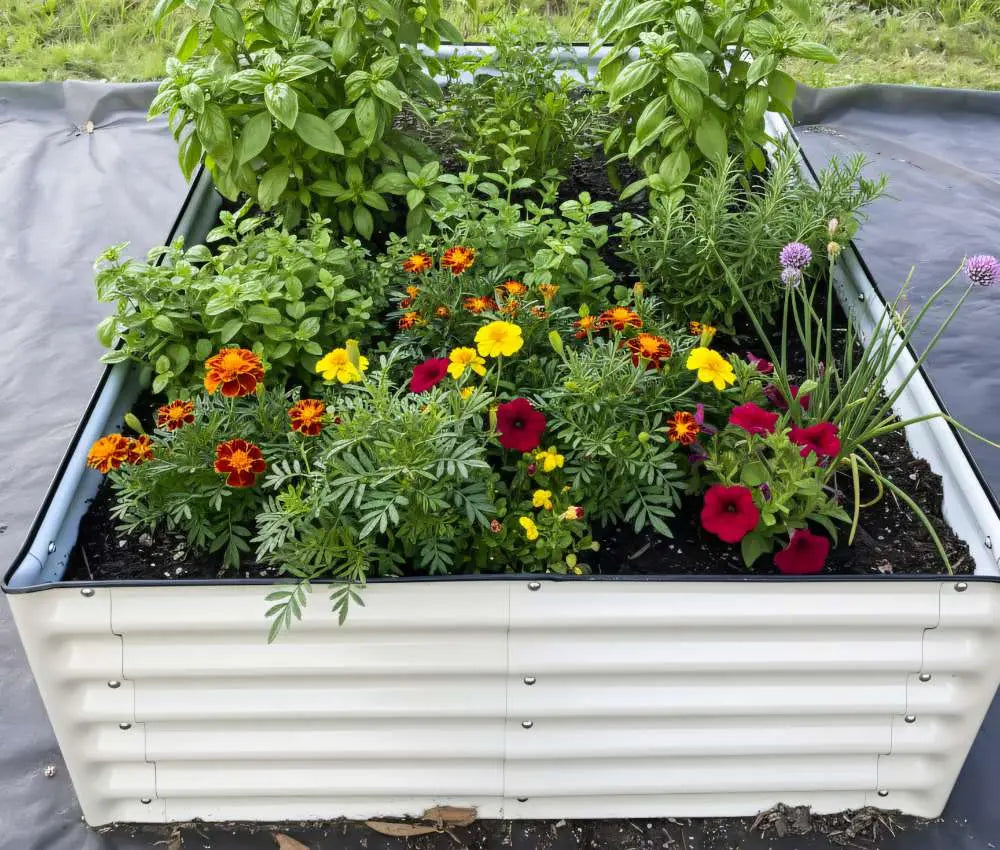How Native Plants Help Insects
By Anna Ohler
Author bio: Anna Ohler is an avid plant hobbyist and owner/operator of Bright Lane Gardens, a boutique plant nursery in Northern Michigan. With over a decade of experience in gardening and landscaping, she takes every opportunity to share her knowledge on all things plant related.
Insects are a vital component of our ecosystem, playing crucial roles in pollination, soil health, and decomposition. Unfortunately, insect populations worldwide are in decline, with many species facing extinction. The loss of insect populations can have severe consequences for the environment, including the loss of food for other animals and declines in crop yields. One way to help support insect populations is by planting native plants. In this article, we will explore how planting native plants can help insect populations and provide practical tips for incorporating native plants into your landscaping.

Why Native Plants are Important for Insects?
Native plants are plants in the raised beds that have evolved in a particular region over thousands of years. They have adapted to the local climate, soil, and other environmental factors, making them well-suited to the area's insects and wildlife. As a result, native plants provide essential food and habitat for insects, including bees, butterflies, and moths.
Insects rely on plants for a range of resources, including nectar and pollen for food, leaves for shelter and nesting, and stems and twigs for overwintering. Native plants provide these resources in abundance, making them critical to insect survival.
In contrast, non-native plants are often less beneficial to insects because they lack the adaptations necessary to support local insect populations. Many non-native plants have been bred for aesthetics or other characteristics, such as disease resistance, which can make them less attractive or less accessible to insects. Some non-native plants may even be toxic to local insects, making them a poor choice for landscaping if you want to support insect populations.
How Native Plants Help Insects?
Planting native plants can help support insect populations in several ways. Here are just a few of the ways native plants benefit insects:
Provide Food
Native plants provide a steady source of nectar and pollen for insects, which they rely on for energy and nutrition. Many native plants have coevolved with specific insect species, making them especially important food sources for those insects. For example, milkweed plants are the only food source for monarch butterfly larvae, making them critical to monarch survival.
Offer Habitat
Native plants offer shelter, nesting sites, and overwintering habitat for insects. Many native plants have unique structures, such as hollow stems or specialized leaf structures, that provide ideal nesting sites for certain insects. By providing these structures, native plants can help support a diversity of insect species.
Promote Biodiversity
By planting native plants, you can help promote biodiversity in your area. Native plants support a diverse range of insect species, which in turn support a range of other wildlife, including birds, mammals, and reptiles. By supporting a diverse array of wildlife, you help create a healthier ecosystem.
Reduce Pesticide Use
Planting native plants can also help reduce the need for pesticides. Native plants are adapted to the local environment, making them more resistant to pests and diseases. By planting native plants, you can help reduce the need for synthetic pesticides, which can harm insect populations and other wildlife.
Read more: Surprising Carnivorous Plants That Eat Insects.

Tips for Planting Native Plants
Planting native plants is a simple yet effective way to help support insect populations. Here are some tips for incorporating native plants into your landscaping:
Research Local Plants
Before you start planting, research the native plants that are best suited to your area. Local gardening centers or native plant societies are excellent resources for finding plants that will thrive in your region.
Choose a Variety of Plants
A diverse range of plants will support a diverse range of insect species. Consider planting a mix of flowering plants, shrubs, and trees to provide a variety of resources for insects.
Plant for the Seasons
Planting a variety of plants that bloom throughout the year will ensure a steady source of nectar and pollen for insects. Consider planting early bloomers alongside middle and late bloomers to ensure you have something in bloom all season long.
Plan for Water and Light Needs
If you are working with a plant that needs full sun, make sure its chosen spot is not in the shadow of a tree or building. If a shrub prefers well-drained soil, avoid planting it in areas with a history of standing water.
Insects Are Just One Step Of The Cycle
Native plants are very beneficial to insects, but they are just one stop on the food chain. Insects provide a vital food source to larger animals, like birds and small mammals. These animals provide energy and nutrients to larger animals, and so one. This helps to explain the importance native plants play in the overall health of our ecosystem.
Starting A Native Garden Is Easy
Native plants have adapted over the years to thrive in their local conditions. Because of this, native plants tend to require less attention and are easier to grow than some ornamental varieties. Once you have found plants that are locally native to your region, you can establish a garden that will thrive in the years to come.


